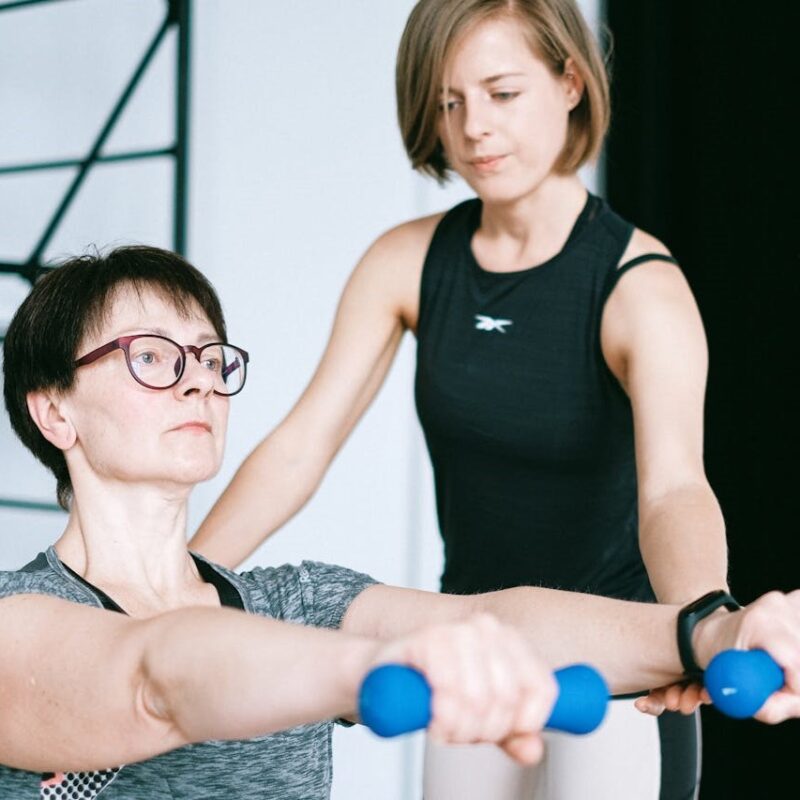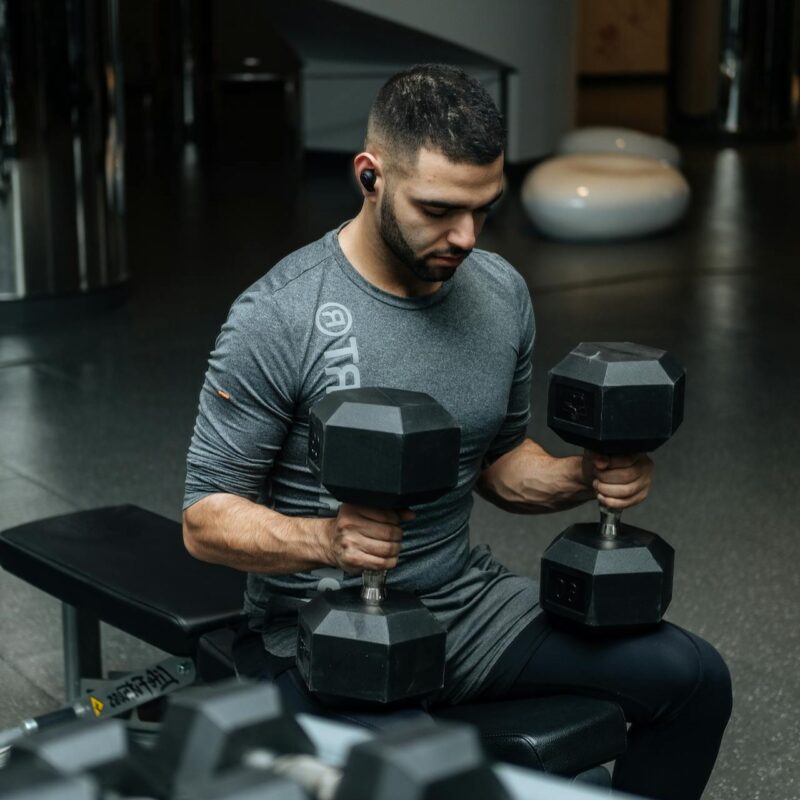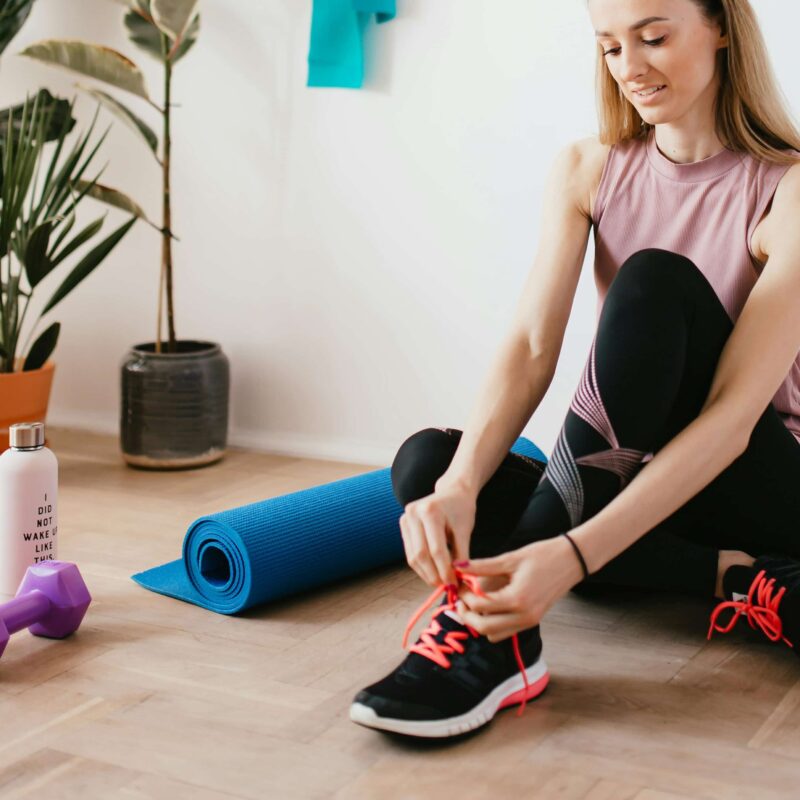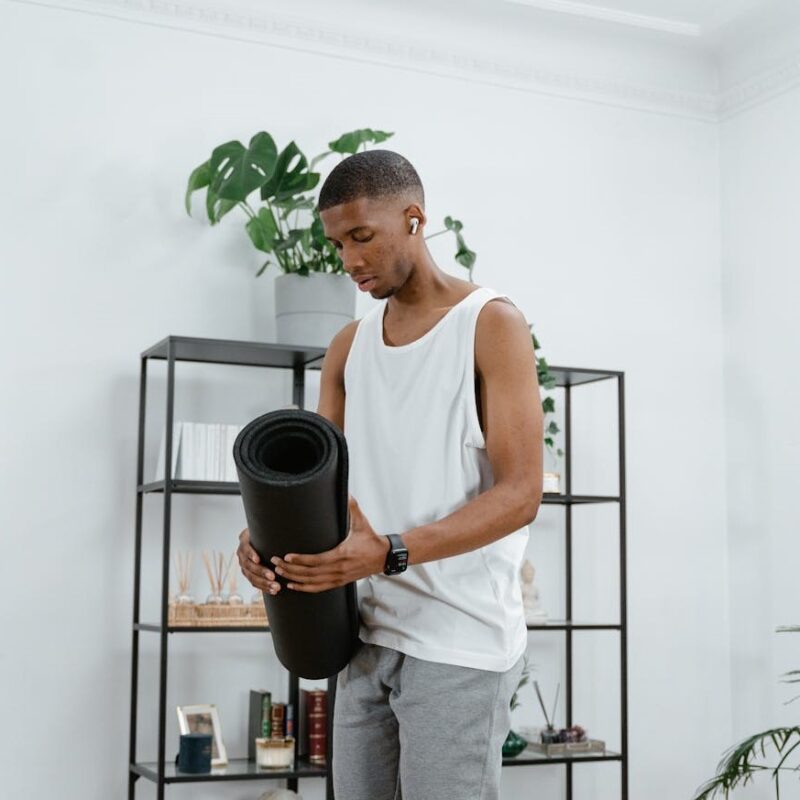
Blog
Want To Set Realistic Fitness Goals? Here’s How!

While exercise is important, setting realistic fitness goals comes first.
If you’re a fitness enthusiast, you must have realized that planning is important to follow your fitness goals. Going to the gym without a proper plan of what exercise you’re going to do is useless.
So, do you want to know more about setting realistic fitness goals and how you can achieve them with a proper plan?
Let’s get these workout tips.
Tips for setting realistic fitness goals
Start small
Especially when you’re hitting the gym for the first time, it’s better to start small. You cannot just step into the gym and start doing strenuous exercises.
So, it’s better to be lenient with yourself and make a plan with less exercise. Starting small will also help you build resilience over time, and your muscles will get used to the exercise.
Focus on one goal at a time

Have you burdened yourself with too many goals at a time?
Well, was it successful?
While it’s good to set goals for yourself, the truth is that you cannot achieve all of them at once.
So, one good idea is to focus on one goal at a time.
For example, you might want to spend an hour in the gym, sleep eight hours a day, spend time with family, and focus on work. With a busy routine, doing all of it might not be possible, and you might end up completing two or three of them.
In this case, while you’ve achieved some of the goals, it’s quite likely that you’ll think about the ones you couldn’t complete.
When occupied by too many goals, people start to think of themselves as failures if they fail to achieve some. So, it’s better to stick to one goal at a time.
Make SMART goals

You would’ve probably come across this term quite a few times.
So, let’s break down this term to make it more simple.
SMART goals stand for:
- Specific: setting specific goals means that your goals should be clear. Anyone can say that they want to become fit. But being specific means that you set a goal by keeping an outcome in mind. For example, you would want to run 1 mile every day to become fit.
- Measurable: by this term, we mean that the goal should be measured. For example, you can plan to do at least three exercises in a day. You can also measure the time you spend running each day.
- Achievable: anyone can set unrealistic goals. But, the thing about setting realistic fitness goals is to make them achievable as well. You know yourself better. So, make goals that you can actually achieve. It’s also fine to start with fewer goals and add more with time.
- Relevant: when your goals are specified, your actions should be relevant to them. For example, if your goal is to lose weight, your exercise and diet plan should be specifically tailored to it. If you want to build muscles, you can add muscle-building exercises to your workout plan.
- Timely: achieving your goals timely is important to stick to them in the long run. When you plan, remember to set a timeframe for it as well. For example, you can set a time in the morning for a walk. If you don’t set a specific time, you are more likely to prioritize other tasks over it. Another idea is to set a timeframe for when you need to lose 5 pounds in 1 month.
Bring variations
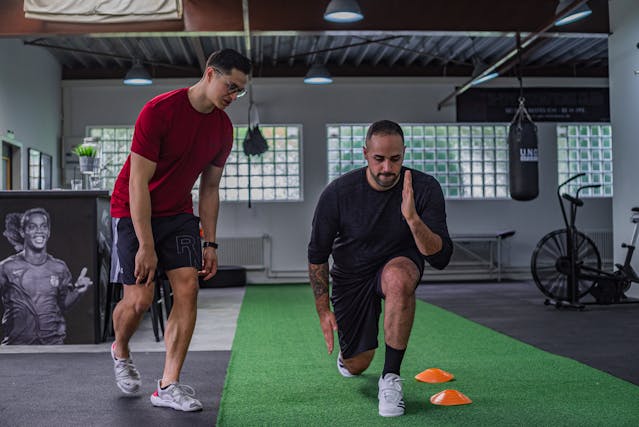
Sticking to one exercise or one set of exercises for the whole month can be difficult. At the same time, it can be boring.
So, it’s good to bring variations to stay back from the boring gym days and surprise yourself with a new routine. With variations in exercises, you can target different muscles. For example, you can focus on the upper body muscles in one week, and in the next one, you can focus on the leg muscles.
Take rest days

Taking rest days is equally necessary as going to the gym consistently.
There’s a common workout myth that you need to exercise every day to achieve your fitness goals. However, the thing is, taking rest days is important.
Through regular exercise, your muscles get tired. With rest days, you give your muscles enough time to recover so that they can get ready for the next exercise.
Set personalized goals
It’s great to have goals that are unique to you.
While it’s good to be inspired by other influencers, you cannot just follow their footsteps without a thought. After all, your fitness goals should be according to your age, gender, lifestyle, etc. With so many factors affecting your fitness goals, remember to keep them personalized. In this way, you’ll see results faster.
Take-away message
Setting realistic fitness goals isn’t a huge task.
With simple tricks and the right techniques, you can set SMART goals that cater to your specific fitness needs.
Aligning your gym routine with these fitness goals is a great way to achieve fast results. While these tips don’t guarantee quick results, they can surely help you stick to your goals in the long run.



